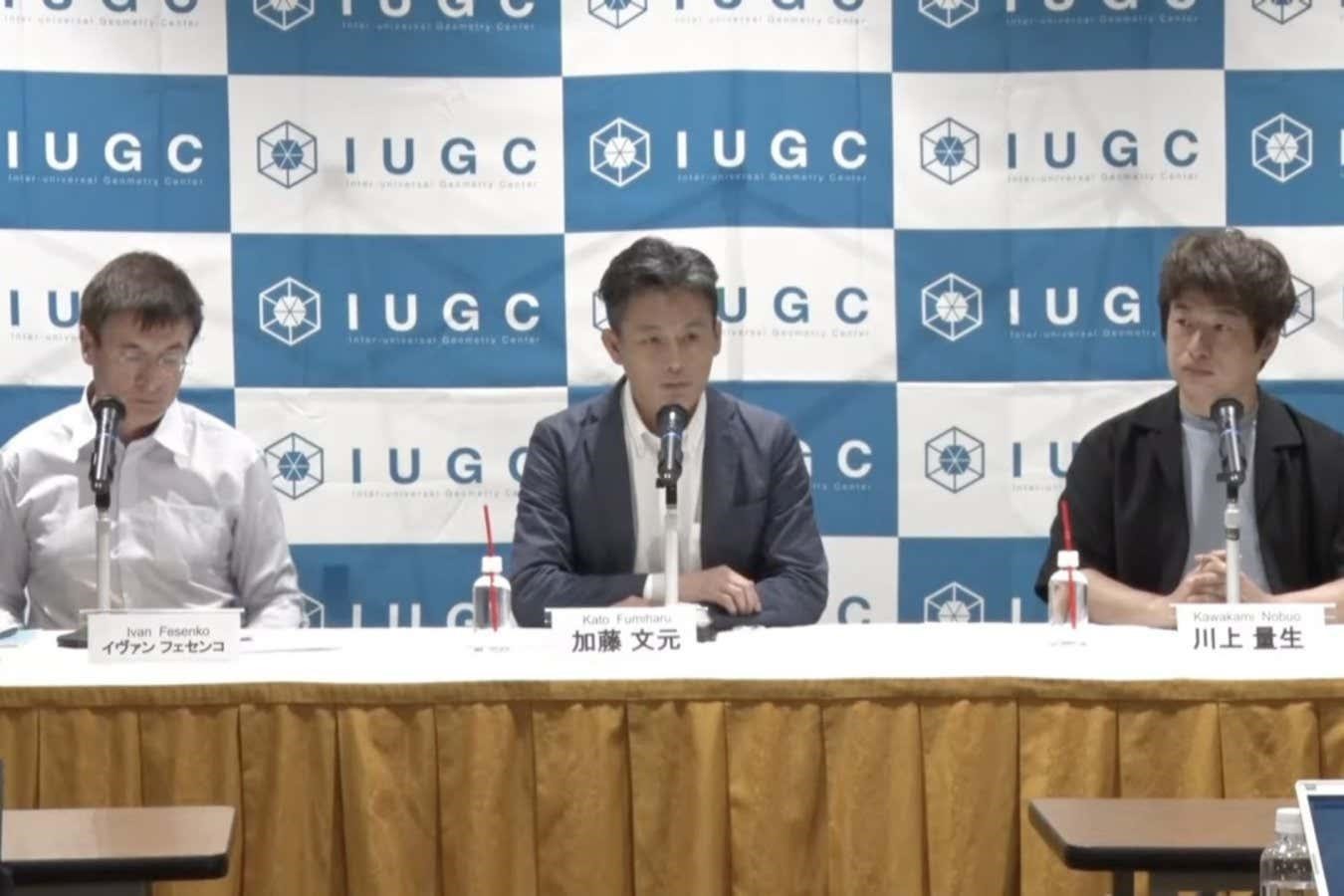Mathematician Shinichi Mochizuki’s Inter-universal Teichmüller theory has attracted controversy since it was published in 2012, with no one able to agree whether it is true. Now, a $1 million prize is being launched to settle the matter.
The Inter-Universal Geometry Center (IUGC) is overseeing the prize
Zen University
A prize of $1 million is being offered to anyone who can either prove or disprove an impenetrable mathematical theory, the veracity of which has been debated for over a decade.
Inter-universal Teichmüller theory (IUT) was created by Shinichi Mochizuki at Kyoto University, Japan, in a bid to solve a long-standing problem called the ABC conjecture, which focuses on the simple equation a + b = c. It suggests that if a and b are made up of large powers of prime numbers, then c isn’t usually divisible by large powers of primes.
In 2012, Mochizuki published a series of papers, running to more than 500 pages, that appeared to be a serious attempt at tackling the problem, but his dense and unusual style baffled many experts.
His apparent proof struggled to find acceptance and attracted criticism from some of the world’s most prominent mathematicians, including two who claimed in 2018 to have found a “serious, unfixable gap” in the work. Despite this, the paper was formally published in 2020, in a journal edited by Mochizuki himself. It was reported by Nature that he had nothing to do with the journal’s decision.
Since then, the theory has remained in mathematical limbo, with some people believing it to be true, but others disagreeing. Many mathematicians contacted for this story, including Mochizuki, either didn’t respond or declined to comment on the matter.
Now, the founder of Japanese telecoms and media company Dwango, Nobuo Kawakami, hopes to settle the issue by launching a cash prize for a paper that can prove – or disprove – the theory.
Two prizes are on offer. The first will see between $20,000 and $100,000 awarded annually, for the next 10 years, to the author of the best paper on IUT and related fields. The second – worth $1 million – is reserved for the mathematician who can write a paper that “shows an inherent flaw in the theory”, according to a press release.
Dwango didn’t respond to a request for interview, but during a press conference Kawakami said he hoped that his “modest reward will help increase the number of mathematicians who decide to get involved in IUT theory”.
To be eligible for the prizes, papers will need to be published in a peer-reviewed journal selected from a list compiled by the prize organisers, according to a report in The Asahi Shimbun newspaper, and Kawakami will choose the winner.
The competition is being run by the Inter-Universal Geometry Center (IUGC), which has been founded by Kawakami specifically to promote IUT, says Fumiharu Kato, director of the IUGC.
Kato says that Kawakami isn’t a mathematician, but sees IUT as a momentous part of the history of mathematics and believes that the cash prize is a “good investment” if it can finally clear up the controversy one way or the other.
“For me, IUT theory is logically simple. Of course, I mean, technically very, very hard. But logically it’s simple,” says Kato, who estimates that fewer than 10 people in the world comprehend the concept.
Kato believes that the controversy stems from the fact that Mochizuki doesn’t want to promote his theory, talk to journalists or other mathematicians about it or present the idea in a more easily digestible format, believing his work speaks for itself. Kato says that his current and former students are also reticent to do the same because they see him “as a god” in mathematics and don’t want to go against his wishes.
Because of this, most mathematicians are “at a loss” for a way to understand IUT, says Kato, who concedes that, despite earlier optimism about the idea, it is possible that the theory will eventually be disproven.
Ivan Fesenko at the University of Nottingham, UK, who is also deputy director at the IUGC, has long been a supporter of Mochizuki. He told New Scientist that there is no doubt about the correctness of IUT and that it all hinges on a deep understanding of an existing field called anabelian geometry.
“All negative public statements about the validity of IUT have been made by people who do not have proven expertise in anabelian geometry and who have zero research track record in anabelian geometry,” he says. “The new $1m IUT Challenger Prize will challenge every mathematician who has ever publicly criticised IUT to produce a paper with full proofs and get it published in a good math journal.”
For more such insights, log into www.international-maths-challenge.com.
*Credit for article given to Matthew Sparkes*


